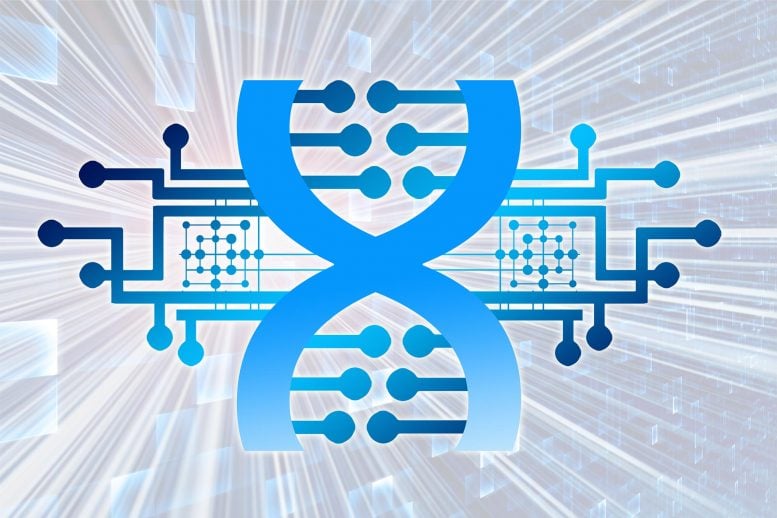
Researchers introduce a programmable DNA-based microfluidic chip controlled by a personal computer for performing DNA calculations.
A novel chip automates the reaction cascades occurring between molecules inside DNA to carry out complex mathematical calculations.
The term ‘DNA’ immediately calls to mind the double-stranded helix that contains all our genetic information. But the individual units of its two strands are pairs of molecules bonded with each other in a selective, complementary fashion. Turns out, one can take advantage of this pairing property to perform complex mathematical calculations, and this forms the basis of DNA computing.
Since DNA has only two strands, performing even a simple calculation requires multiple chemical reactions using different sets of DNA. In most existing research, the DNA for each reaction is added manually, one by one, into a single reaction tube, which makes the process very cumbersome. Microfluidic chips, which consist of narrow channels etched onto a material like plastic, offer a way to automate the process. But despite their promise, the use of microfluidic chips for DNA computing remains underexplored.
In a recent article, available online in ACS Nano on July 7, 2021, and published in Volume 15, Issue 7 of the journal on July 27, 2021—a team of scientists from Incheon National University (INU), Korea, present a programmable DNA-based microfluidic chip that can be controlled by a personal computer to perform DNA calculations. “Our hope is that DNA-based CPUs will replace electronic CPUs in the future because they consume less power, which will help with global warming. DNA-based CPUs also provide a platform for complex calculations like deep learning solutions and mathematical modeling,” says Dr. Youngjun Song from INU, who led the study.
Dr. Song and team used 3D printing to fabricate their microfluidic chip, which can execute Boolean logic, one of the fundamental logics of computer programming. Boolean logic is a type of true-or-false logic that compares inputs and returns a value of ‘true’ or ‘false’ depending on the type of operation, or ‘logic gate,’ used. The logic gate in this experiment consisted of a single-stranded DNA template. Different single-stranded DNA were then used as inputs. If part of an input DNA had a complementary Watson-Crick sequence to the template DNA, it paired to form double-stranded DNA. The output was considered true or false based on the size of the final DNA.
What makes the designed chip extraordinary is a motor-operated valve system that can be operated using a PC or smartphone. The chip and software set-up together form a microfluidic processing unit (MPU). Thanks to the valve system, the MPU could perform a series of reactions to execute a combination of logic operations in a rapid and convenient manner.
This unique valve system of the programmable DNA-based MPU paves the way for more complex cascades of reactions that can code for extended functions. “Future research will focus on a total DNA computing solution with DNA algorithms and DNA storage systems,” says Dr. Song.
With such a convincing proof of concept, it’s not hard to imagine DNA-based computers becoming everyday objects quite soon!
Reference: “Programmable DNA-Based Boolean Logic Microfluidic Processing Unit” by Wonjin Lee, Minsang Yu, Doyeon Lim, Taeseok Kang and Youngjun Song, 7 July 2021, ACS Nano.
DOI: 10.1021/acsnano.1c02153



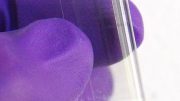
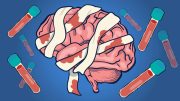
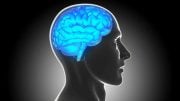


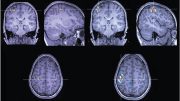
Ironic that the paper comes from S.Korea the home of Samsung, pretty much the 1st/2nd main producer of advanced chips in the world. April 1st must fall on a different date there.
Analog computing can be really impressive, WWII was mostly fought with analog computation. CCDs used to be able to do in 1 merged analog device structure vector multiplication that today would take 1000s of digital gate devices and yet they barely exist today. The classic transversal CCD of 1980? could once perfom 256 point FFTs, waving shaping, and filtering with exactly 256 very large transister structures. If you look at the chip under a scope you could easily figure the math it was doing. The structures look like train tracks with varying width sleepers like a chirp pattern. At their peek some were even fully programmable so the filter function could be changed.
But yet our chips today can do billions of times more operations per sec and not really use too much energy considering the throughput. Why, because analog computation requires large feature sizes to be viable while digital logic can work well with features at million times higher density and clock speeds 1000 times faster and arbitrarily accurate. So 7u=>7nm and 1MHz=>1GHz gives a billion times cost reduction. I still have data sheets on some of those devices.
So no his dream of going back to analog computing is not going to happen, been there done that. Dr. Youngjun Song might want to read up on the history of analog computing and why we don’t do it anymore. Also microfluidics would use feature sizes 1000s times bigger and slower than 1980s CCDs did.